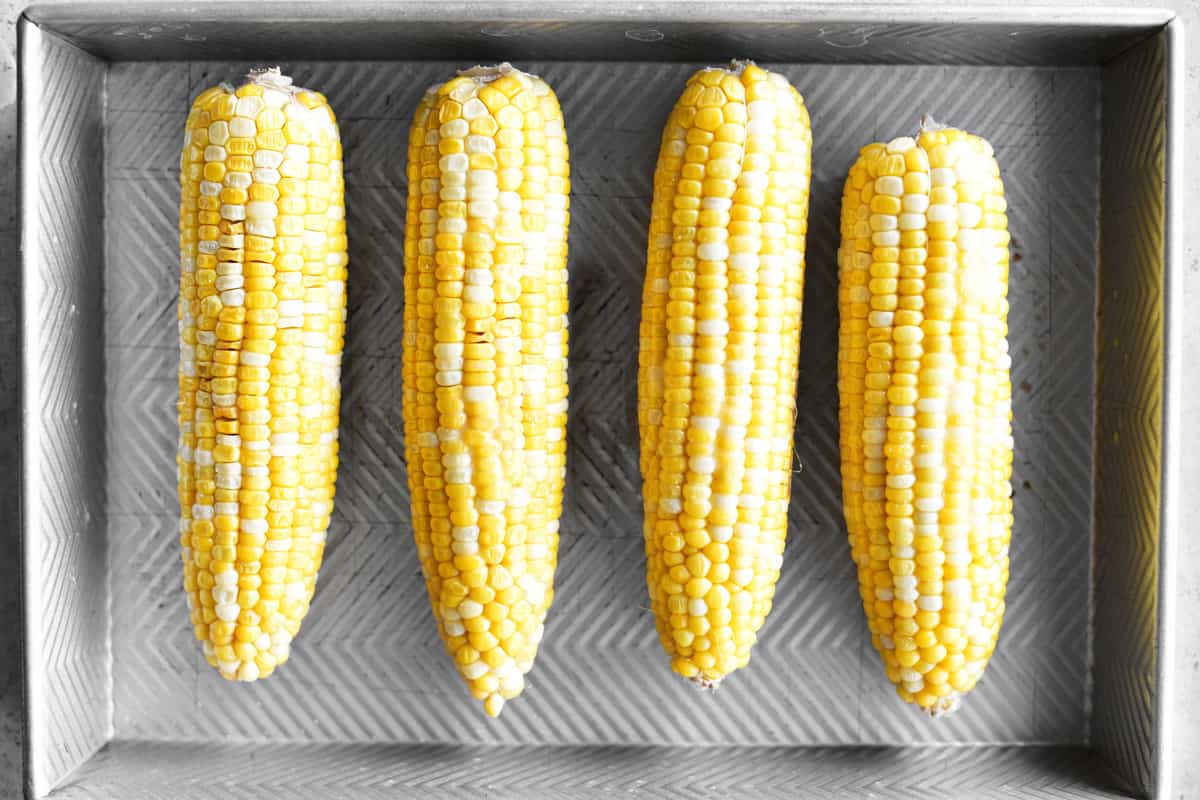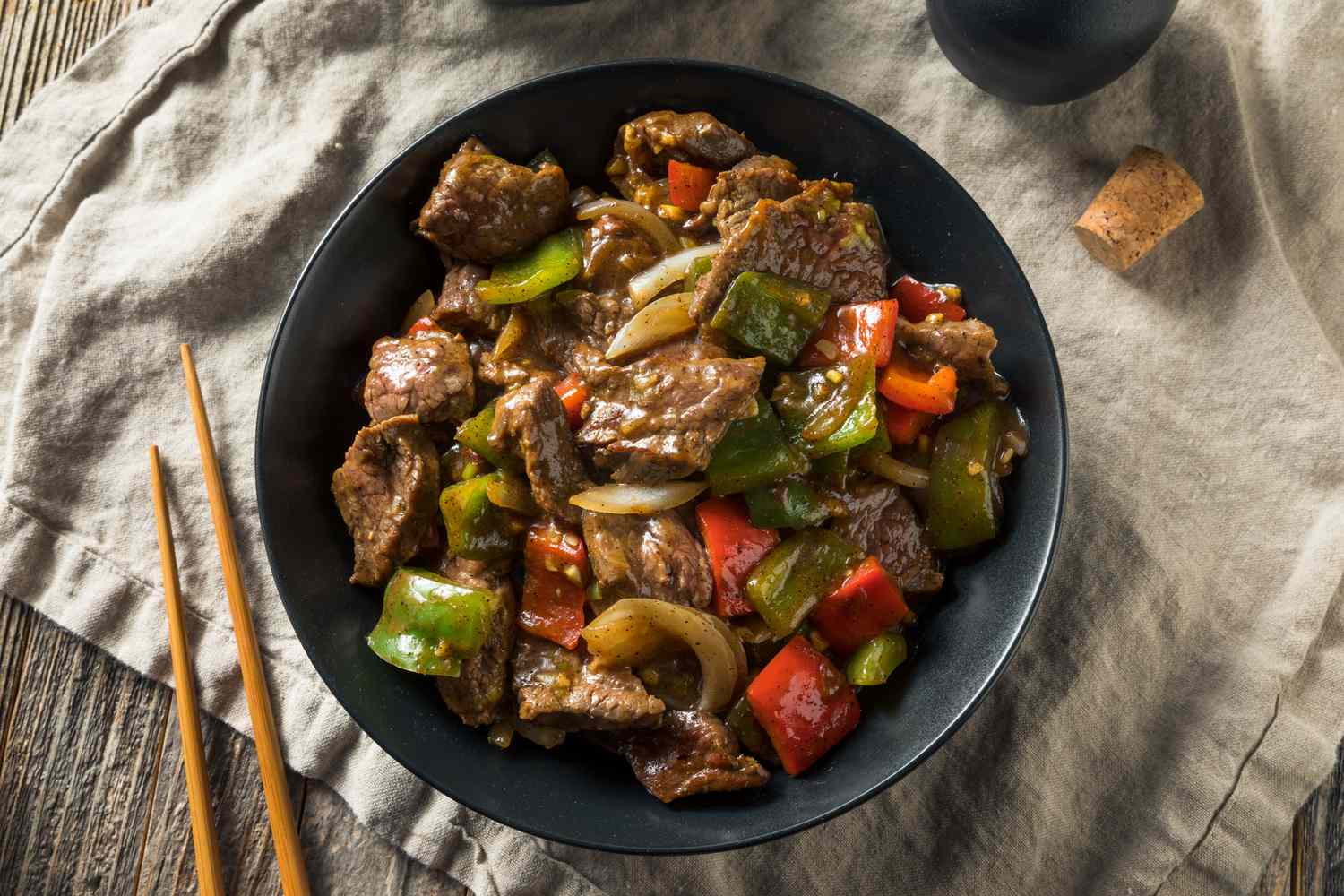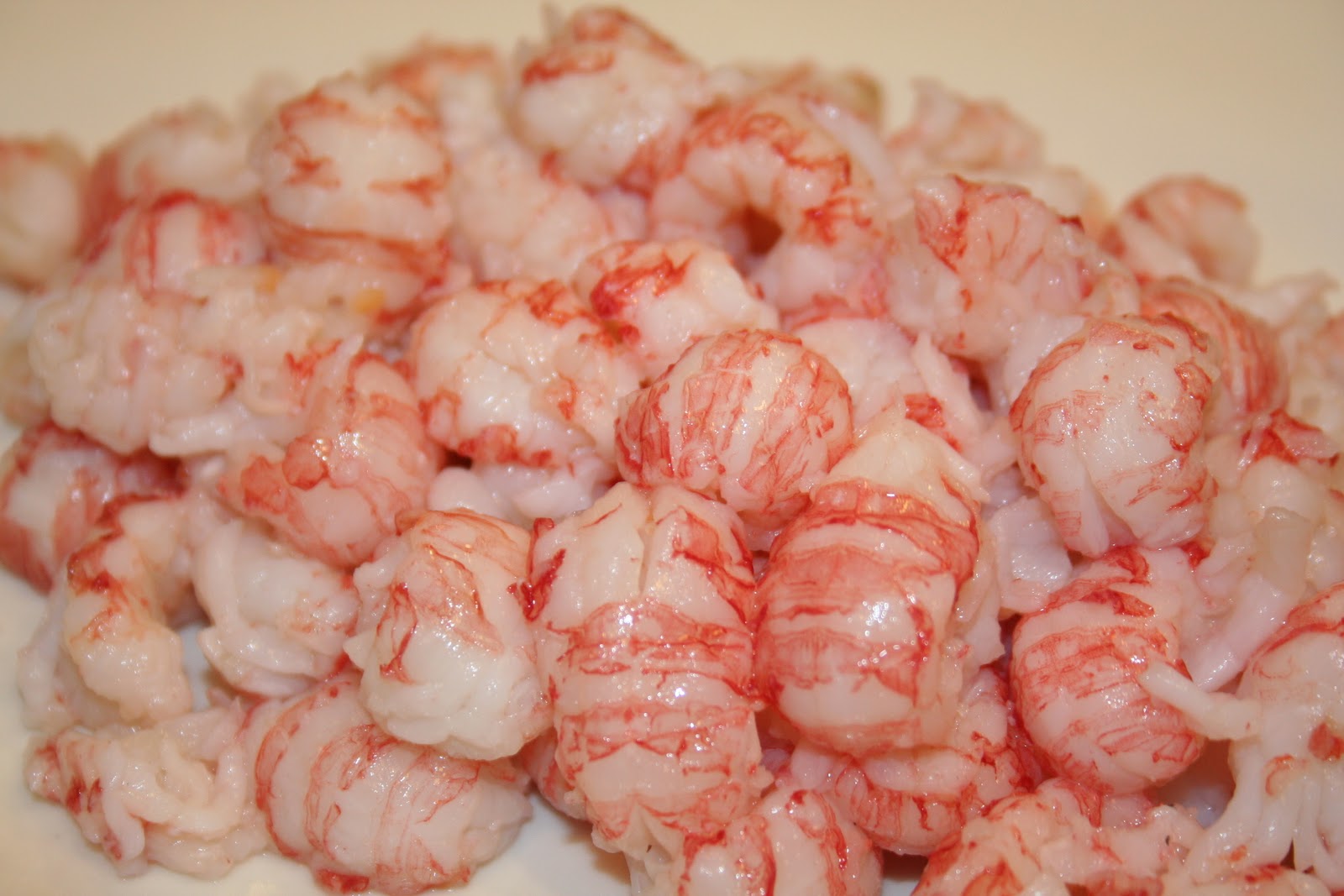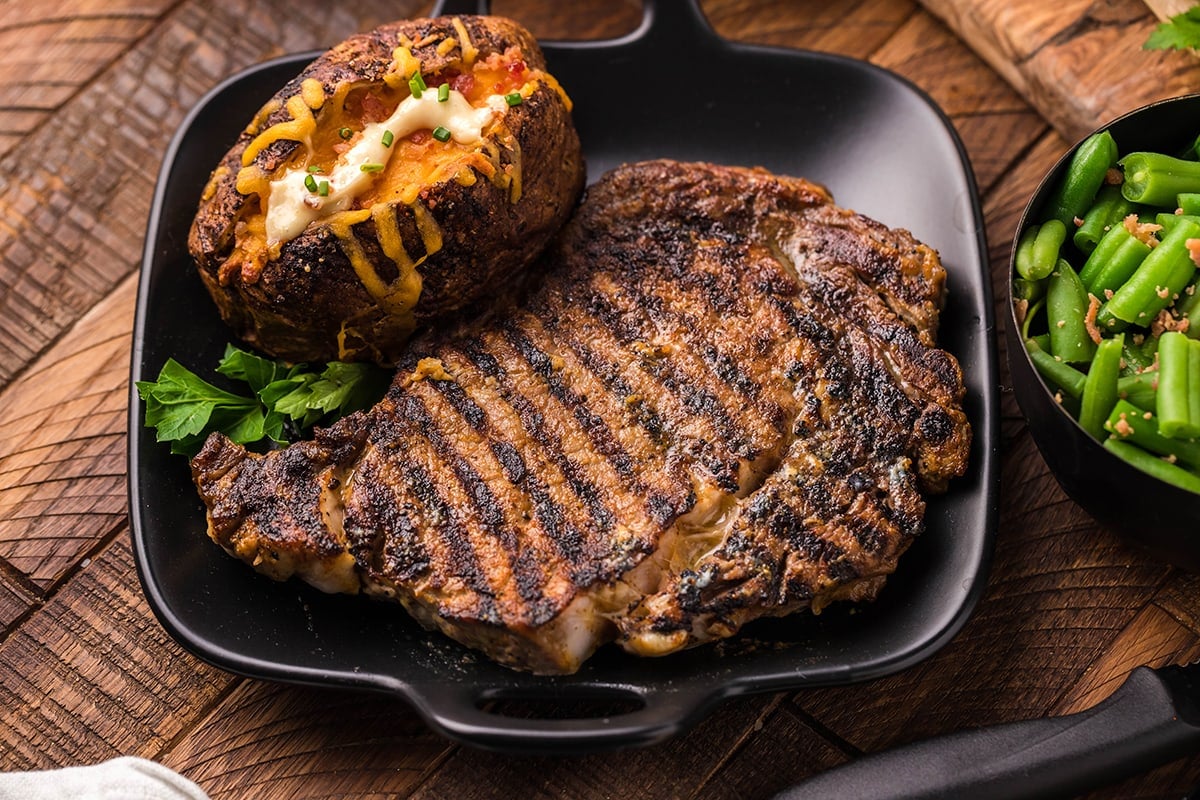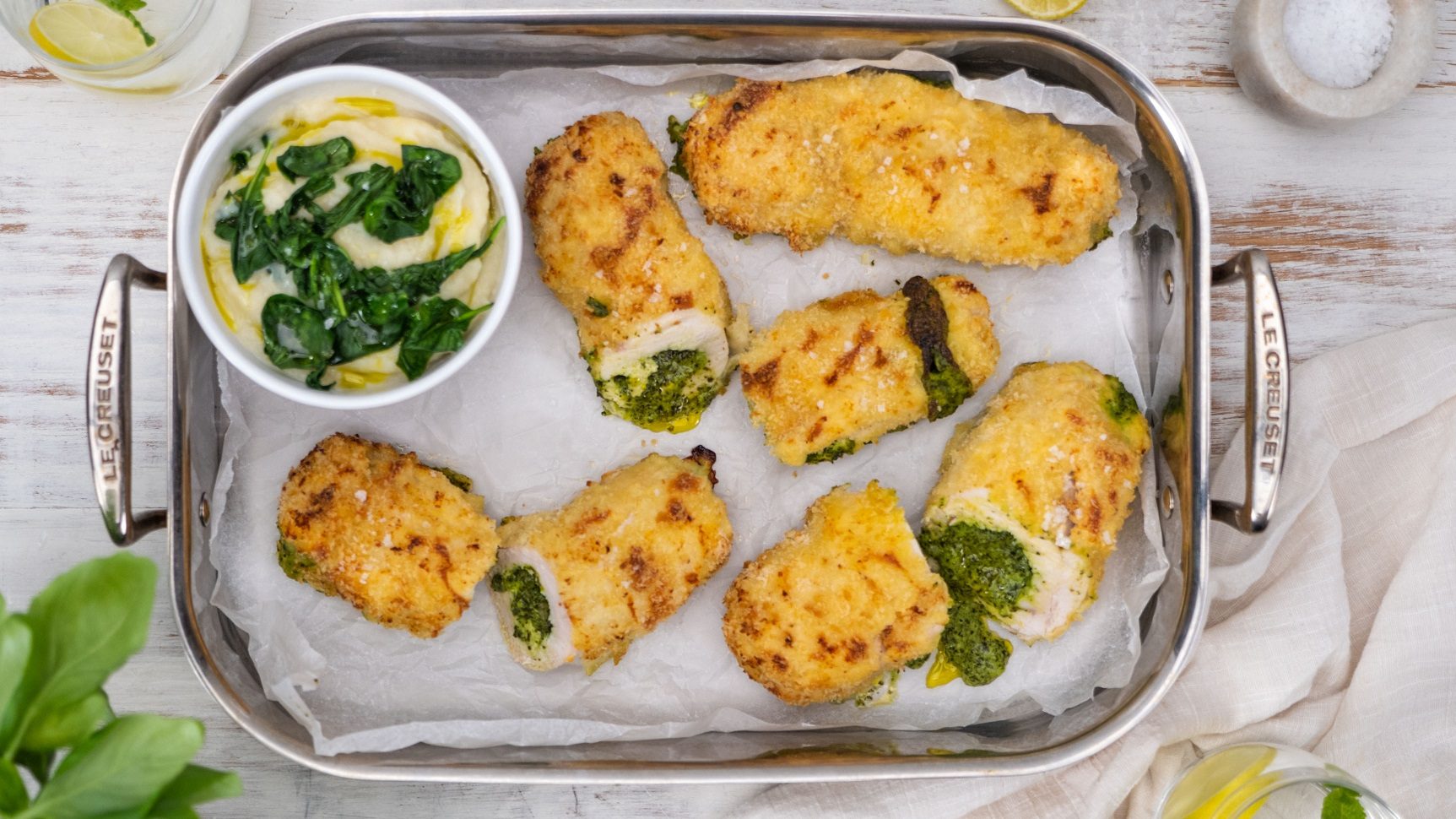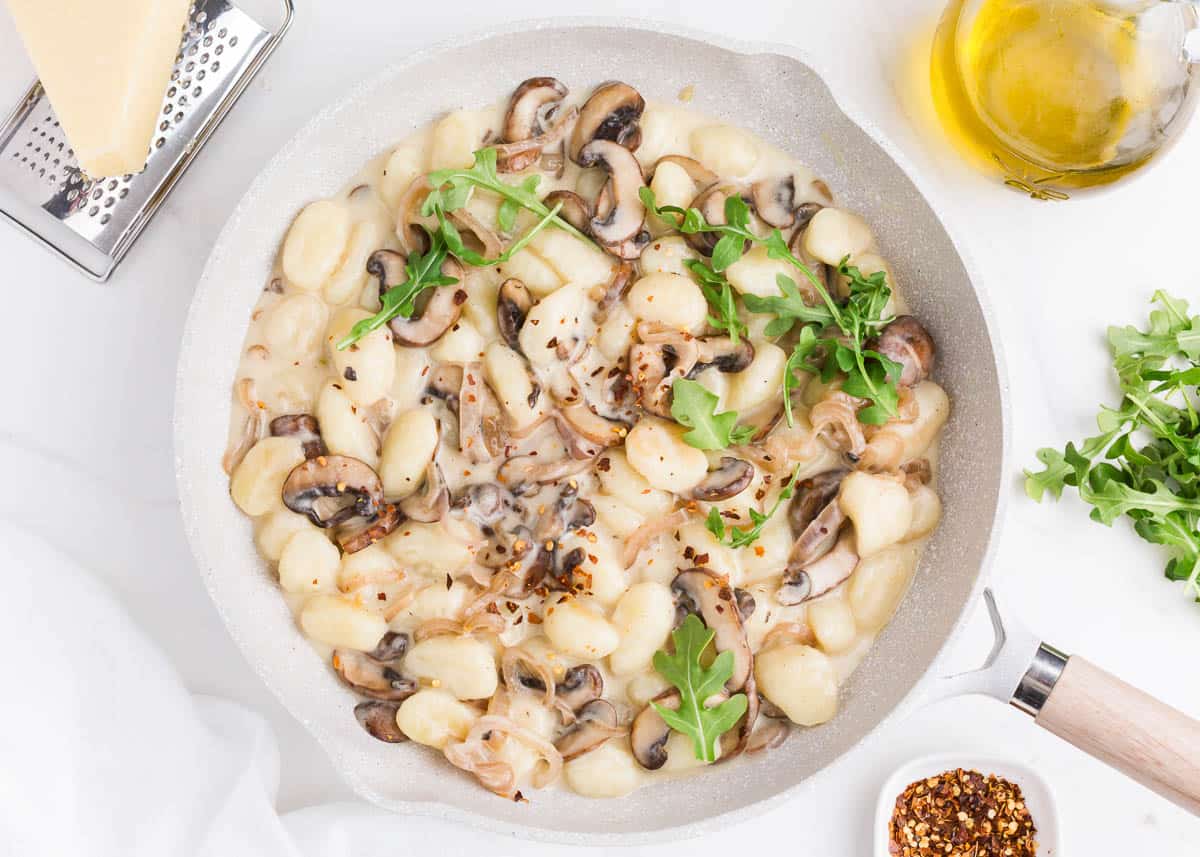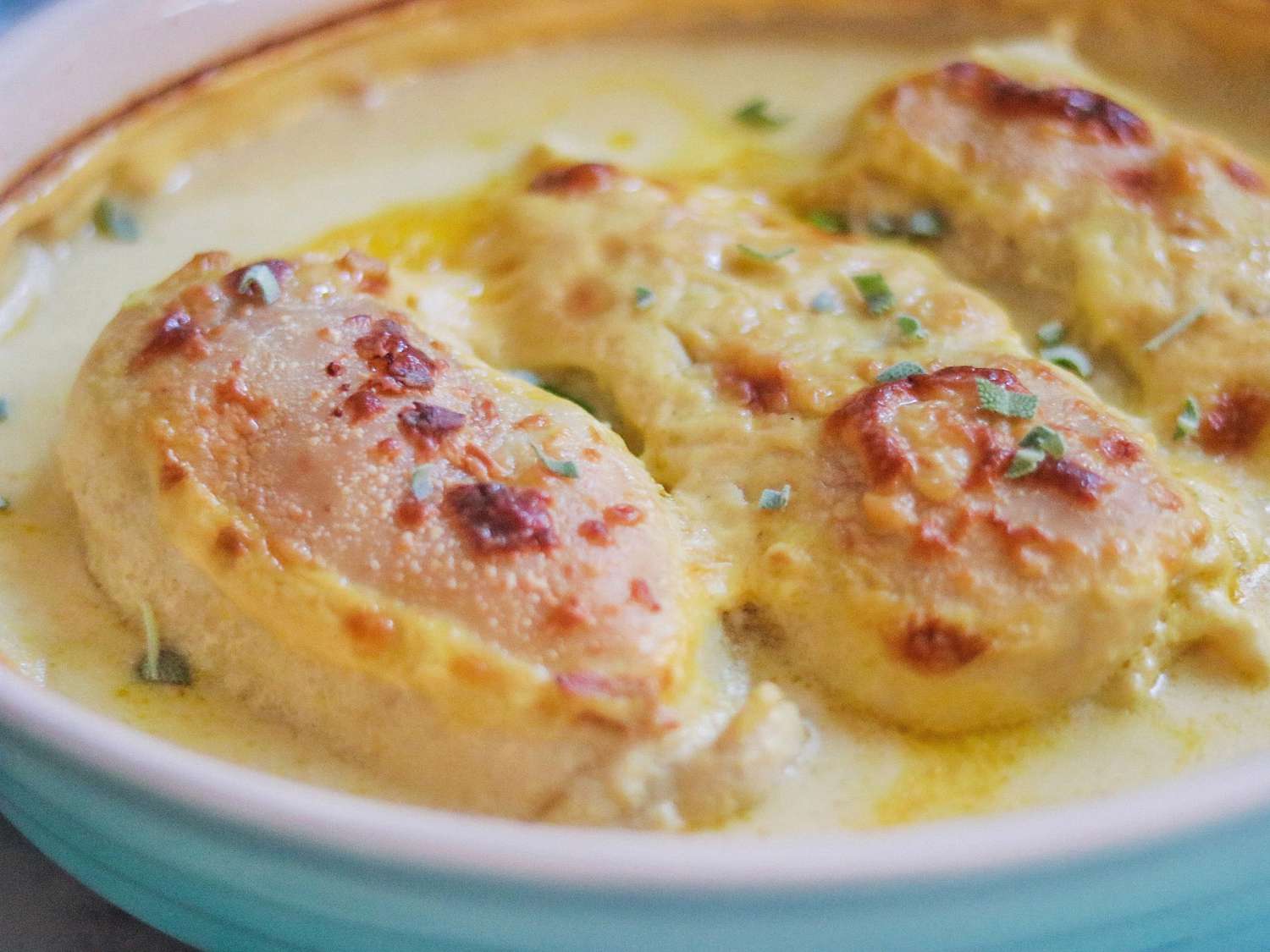Discover the Magic of Cellophane Noodles
Are you ready to delve into the world of mouthwatering and versatile Asian cuisine? Look no further than the delicate and translucent strands of cellophane noodles. Also known as glass noodles, bean thread noodles, or mung bean vermicelli, these noodles are a staple in many Asian dishes. In this blog post, we’ll unravel the secrets of cooking cellophane noodles to perfection, unlocking a myriad of culinary possibilities. Let the journey begin!
Preparing Cellophane Noodles: A Step-by-Step Guide
Step 1: Soak the noodles. Start by placing the cellophane noodles in a large bowl and cover them with warm water. Allow them to soak for about 10-15 minutes, or until they become soft and pliable. Pro tip: If you’re in a hurry, you can also use hot water to speed up the soaking process.
Step 2: Drain and rinse. Once the noodles have softened, carefully drain the water from the bowl. Give the noodles a quick rinse under cold water to remove any excess starch and prevent them from sticking together. Gently separate the strands with your fingers to ensure even cooking.
Step 3: Cooking methods. Now that your cellophane noodles are ready, it’s time to choose a cooking method that suits your dish. Here are a few popular techniques:
- Stir-frying: Heat a tablespoon of oil in a wok or a large skillet over high heat. Toss in your favorite vegetables, protein (such as shrimp, chicken, or tofu), and drained cellophane noodles. Stir-fry until the noodles are heated through, and voila! A scrumptious stir-fry is ready to be savored.
- Soup: Add soaked and drained cellophane noodles to a flavorful broth along with your choice of vegetables, meats, and spices. Simmer gently until the noodles are soft and absorb all the delicious flavors of the broth.
- Salad: For a refreshing and light meal, toss soaked cellophane noodles with crisp vegetables, herbs, and a zesty dressing. The noodles will soak up the flavors, creating a delightful blend of textures and tastes.
Step 4: Season to taste. Regardless of the cooking method you choose, don’t forget to season your cellophane noodle dish. Soy sauce, oyster sauce, sesame oil, garlic, ginger, and chili paste are popular seasonings that add depth and complexity to the noodles. Experiment with different flavors to find your perfect combination.
Health Benefits and Nutritional Value
Cellophane noodles not only tantalize your taste buds but also offer several health benefits. Made from mung bean starch, these noodles are gluten-free, low in calories, and rich in essential nutrients, including iron and B vitamins. They are also known to have a low glycemic index, making them a suitable option for individuals with diabetes or those aiming to manage their blood sugar levels.
Moreover, cellophane noodles are light and easily digestible, making them an excellent choice for those with sensitive stomachs or dietary restrictions. So go ahead and enjoy these noodles guilt-free, knowing that they not only satisfy your cravings but also contribute to your overall well-being.
Bring Out Your Creativity with Cellophane Noodles
With their delicate texture and ability to absorb flavors, cellophane noodles are a canvas for your culinary creativity. Let your imagination run wild and craft a variety of dishes that highlight the unique qualities of these translucent marvels. Use them in spring rolls, as a filling for dumplings, or even as a substitute for pasta in fusion recipes. The possibilities are endless, and the results are sure to leave you and your guests craving for more.
Now that you’ve learned the art of cooking cellophane noodles, it’s time to embark on your own culinary adventure. Take inspiration from traditional Asian recipes or create your own fusion masterpieces that showcase the versatility of these delightful noodles. Soak, cook, and savor the magic of cellophane noodles today!
Recipes and Creative Uses for Cellophane Noodles
Now that you've learned how to cook cellophane noodles, it's time to put your skills to the test with some delightful recipes. Dive into the Classic Glass Noodle Stir-fry with Vegetables and Shrimp for a quick and nutritious meal, or try the Spicy Korean Japchae with Beef and Vegetables for a taste of traditional Korean cuisine. For those looking for something lighter, the Cold Cellophane Noodle Salad with Cucumber and Chili is highly recommended. Each recipe offers a unique way to enjoy the versatility of cellophane noodles, enhancing your cooking repertoire and giving you the confidence to experiment with new flavors and textures.
Was this page helpful?
Read Next: How To Cook Snow Crab Legs Clusters
